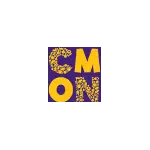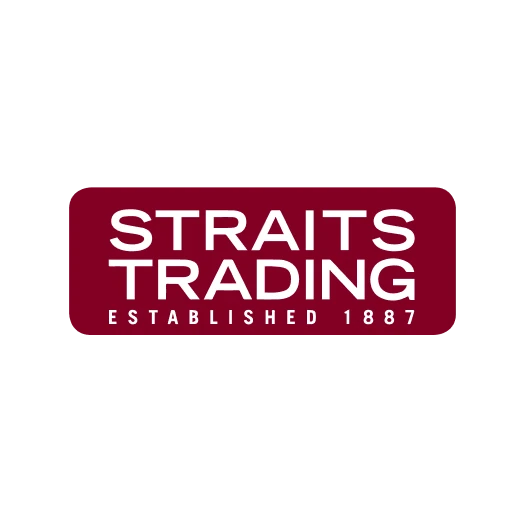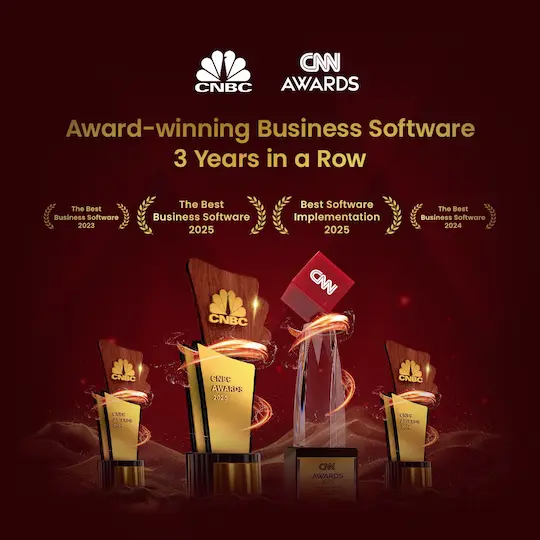Lead generation is the process of attracting and converting prospects into potential customers, crucial for any business aiming to grow. In Singapore, the challenge often lies not in reaching more people but in identifying the right prospects and converting interest into action.
79% of B2B marketers currently leverage AI for lead generation, and 53% intend to expand its use to boost efficiency.
As the starting point of the sales pipeline, lead qualification plays a vital role in filling the funnel and driving revenue. Without a steady stream of qualified leads, even the best sales strategies will fall short of their goals.
In this article, we’ll walk you through the fundamentals of lead generation, explore proven strategies tailored to the Singaporean market, and share tools and metrics to help you build a high-converting lead pipeline.
Key Takeaways
|
What is Lead Generation?
Lead generation is the process of attracting and capturing interest from potential customers. It works by using strategies such as content marketing, ads, or forms to collect contact details and move prospects through the sales funnel.
Rather than relying solely on cold outreach or broad advertising, modern prospect focuses on building connections with individuals who have already demonstrated some level of interest.
These interactions help businesses collect valuable information, such as contact details or preferences, which can then be used for more personalized follow-up. In a competitive market like Singapore, this is essential for maintaining a steady sales pipeline.
It enables businesses to focus their resources on high-quality prospects, improve conversion rates, and ultimately boost revenue. When done right, it lays the foundation for sustainable growth by aligning marketing efforts with actual buyer behavior.
Types of Lead Generation
Lead generation strategies can be categorized into various types based on their approach and channel. Here are the main types:
1. Inbound lead generation
This method focuses on attracting prospects organically by providing valuable content. Tactics include content marketing, search engine optimization (SEO), and social media engagement. It aims to attract leads who are already seeking solutions.
2. Outbound lead generation
Outbound involves directly reaching out to potential leads through methods such as cold calling, email outreach, and paid advertisements. While more proactive, it requires careful targeting to be effective and not intrusive.
3. B2B lead generation
Tailored for business-to-business sales, this type often involves techniques such as LinkedIn networking, webinars, whitepapers, and account-based marketing. It typically targets decision-makers and involves longer sales cycles.
4. Online lead qualification
This approach uses digital channels like websites, landing pages, email campaigns, and lead capture social media. It allows for easier tracking, automation, and scalability.
5. Offline lead qualification
Strategies include traditional methods such as networking events, trade shows, direct mail, and in-person meetings. While less scalable, these tactics can be very effective in building personal trust and credibility.
6. Hybrid lead generation
A mix of both online and offline strategies, a hybrid lead prospect combines the strengths of both worlds. For example, collecting leads at a trade show and following up through email marketing ensures continuous engagement across touchpoints.
By leveraging the right combination of these methods, businesses in Singapore can maximize reach and build a stronger, more consistent lead pipeline. Integrating a sales CRM allows companies to track interactions, manage follow-ups, and maintain a clear view of each lead’s journey through the pipeline.
The Lead Generation Process
To turn interest into actual sales, businesses need a clear and structured lead generation process and funnel optimization. Each stage plays a critical role in attracting, qualifying, and converting leads, while also laying the foundation for long-term customer relationships. Here’s a step-by-step breakdown:
- Identify Your Target Audience: Define who your ideal customers are by understanding their demographics, needs, and buying behavior.
- Attract Online Visitors: Drive traffic to your website using SEO, content marketing, and paid ads to generate awareness and interest.
- Capture Your Leads: Use landing pages, forms, and compelling calls-to-action (CTAs) to collect contact information from interested visitors.
- Qualify Your Leads: Evaluate each lead’s potential by scoring them based on engagement, fit, and readiness to buy—often with AI lead scoring.
- Nurture Your Leads: Maintain engagement through email campaigns, webinars, and personalized content to guide them along the buyer journey.
- Handoff to Sales: Pass qualified leads to the sales team through a sales CRM for timely follow-up and conversion efforts.
- Convert Your Leads: Close the deal by addressing the lead’s needs, building trust, and presenting the right solution at the right time.
- Analyze and Optimize: Measure key metrics, identify what’s working, and adjust your strategies to improve future lead generation efforts.
- Retention and Upsell: After the sale, continue building relationships through follow-ups, exclusive offers, or upsell opportunities to maximize lifetime value.
By following these steps, businesses can build a strong, scalable pipeline that not only drives conversions but also enhances long-term growth.
Why is Lead Generation Important?
Lead generation is crucial because it fuels business growth by bringing in a steady stream of potential customers. Without new leads, businesses risk stagnation, as they rely solely on existing clients for revenue.
A strong lead prospect strategy ensures that your sales team always has fresh opportunities to pursue, keeping the sales pipeline active and reducing downtime between deals.
It also helps businesses focus their efforts on individuals or companies who are genuinely interested, which increases the chances of conversion. Rather than spending time and resources on a broad audience, lead prospect strategies enable more targeted and cost-effective marketing.
Lead Qualification and Nurturing
Once leads are generated, the next step is to qualify and nurture them. This ensures your sales team focuses on high-potential prospects while keeping them engaged throughout the buyer journey. Here are some effective methods:
- Email Drip Campaigns: Automated email sequences that deliver timely, relevant messages based on user behavior or time intervals—helping to build trust and keep your brand top of mind.
- Webinars and Virtual Events: Live, interactive sessions that allow you to showcase expertise, answer questions in real time, and create meaningful engagement with your audience.
- Personalized Content: Delivering targeted content, such as blog posts, case studies, or product suggestions, tailored to each lead’s industry, interests, or stage in the sales funnel.
- Social Media: Using platforms like LinkedIn, Facebook, or Instagram to engage with leads through comments, direct messages, and consistent content sharing.
- Interactive Content: Tools like quizzes, polls, and surveys that spark interest, drive interaction, and provide insights into your audience’s preferences.
By combining business lead qualification with thoughtful nurturing tactics, businesses can foster stronger relationships, guide leads through the sales funnel, and enhance overall conversion rates.
Current Trends in Lead Generation
Lead generation continues to evolve in tandem with changes in technology, consumer behavior, and digital platforms. Today’s most effective strategies go beyond simply collecting contact information—they focus on building relationships, delivering value, and using data to optimize every step of the process.
One of the most prominent trends is the use of AI and automation to streamline lead generation and nurturing. From chatbots that qualify leads in real time to predictive analytics that identify high-potential prospects, tools like AI lead scoring are helping businesses work smarter and faster.
Video content is also gaining traction as a lead prospect tool. Short videos, webinars, and live streams can capture attention quickly and convey complex information more effectively, making them ideal for engaging leads on platforms like LinkedIn, YouTube, or Instagram.
Another growing trend is the use of interactive content, including quizzes, calculators, and assessments. These not only encourage participation but also help collect valuable data about leads’ needs and preferences, making it easier to personalize follow-up efforts.
Conclusions
Lead generation is a key driver of business growth, especially in Singapore’s competitive market. It requires a clear strategy and consistent execution across inbound, outbound, online, and offline channels.
Lead qualification and nurturing are just as vital as they help guide prospects through the sales funnel. With automation, personalized content, and data-driven tools, engaging the right audience is now more efficient than ever.
By staying current with trends and aligning lead prospect efforts with customer behavior and preferences, businesses can establish a strong, sustainable pipeline that drives long-term revenue and growth.
FAQ About Lead Generation
-
What is the best example of lead generation?
When it comes to lead generation strategies, content marketing remains one of the most powerful. Similar to email marketing, it has stood the test of time and continues to move leads effectively through the sales funnel. Its strength lies in its ability to support marketing, sales, and lead generation all at once.
-
Is lead generation B2B or B2C?
B2C lead generation targets individual consumers, focusing on direct sales to personal buyers. In contrast, B2B lead generation is aimed at organizations and corporations, concentrating on providing solutions to other businesses.
-
Is lead generation a marketing?
Lead generation involves attracting consumer interest in a product or service with the aim of converting that interest into a sale. In digital marketing, this often means gathering a visitor’s contact details through an online form.































